$200.00 – $1,100.00
Mexicube Shroom Strain: A Traditional Magic Mushroom Strain With a Rich History
One of several legendary strains collected near Oaxaca, Mexico — by the McKenna brothers, no less.
Buy Mexicube Magic Mushroom Online | price of Mexicube magic mushroom online.
Buy Mexicube Magic Mushroom Online. There’s a fair bit of confusion around the Mexicube strain — with some vendors marketing it under the species Psilocybe mexicana, but this is incorrect. As the name implies — Mexi- (originates from Mexico) and –cubes (member of the Psilocybe cubensis species).
Mexicube is one of the most popular strains of magic mushrooms. They’re known for their relatively large size and average potency. An amateur mycologist by the name of Mr. G is credited for the development of this strain. The original spore sample was collected somewhere around Oaxaca.
Magic mushrooms have been used in Mexico and parts of Central America for more than 2,000 years — mainly within cultures like the Aztecs living around Oaxaca.
Depictions of psychedelic fungi have appeared in journals from European settlers and cave paintings. They are lovingly referred to throughout history as “teotlnanacatl,” which translates roughly to “food of the gods.”
This strain is not to be confused with two very similar strains collected in the same region — the Huatla (Oaxaca) strain and the Teotlenanacatl strain. All three strains are highly sought after because of their supposed link to ancient psychonauts of Mexico and Central America.
Mexicube Shrooms Specs
| Potency | Average 🍄 |
| Cultivation | Beginner |
| Species | Psilocybe cubensis |
| Substrate Recommendation | Rye Grain or Brown Rice Flour |
| Cost | $ |
| Sold By | Shop |
Mexicube Shrooms Potency & Psilocybin Content
This strain is considered average in terms of psychedelic potency compared to other Psilocybe cubensis samples. While there isn’t enough analytical data to quantify the average potency of this shroom, we estimate the total tryptamine content (psilocybin, psilocin, and related tryptamines) to fall somewhere between 0.5% and 1%.
With that said, keep in mind that the potency of magic mushrooms is highly dependent on growing conditions. Two samples of the same strain grown in different conditions can register radically different psilocybin and psilocin levels.
Mexicube Variations & Genetic Relatives
Some strains have a very clear lineage, like the many variations of the Penis Envy strain. The Mexicube strain isn’t as well defined, but shares very close ties with several other strains collected around southern Mexico.
The closest strain to Mexicube is the Mazatapec strain, which was collected roughly 500 km north of Oaxaca. This strain was allegedly discovered in the Mazatapec region of Mexico by Terrence McKenna and his brother Dennis, two scientists who spent several months collecting samples from around South America — many of which are still considered staple strains.
There are quite a few other strains that came from Mexico as well, such as the Matias Romero (collected near Oaxaca), the Huatla strain (also collected from around Oaxaca), Teonanacatl, the Escondido strain (comes from the Puerto Escondido area of Mexico), the Palenque strain (comes from somewhere in southern Mexico), and the Lizard King strain (comes from an undefined location in Mexico).
Where to Buy Mexicube Spores
Luckily, those interested in growing one of the most ancient magic mushroom strains should have no issues getting their hands on spores. Many vendors carry this strain and proudly sell it as a means of continuing the long-lasting history of the Mexicube.
We sell magic mushrooms as well as medicinal and gourmet mushroom spores.
This company ships worldwide and offer an enticing insurance policy for orders that are blocked at the border.
If your order is stopped for any reason, We will ship another identical order free of charge.
How to Grow Mexicube Shrooms
This strain is relatively durable and can stand up to mold and disease decently well. Most cultivators find that the strain produces large, nipple-shaped caps that have a very appealing, deep orange coloration. Notably, this strain is tolerant of higher temperatures for fruiting, which is somewhat unique in the world of magic mushrooms. This strain typically produces four or more good flushes, so be patient.
Similar Strains
Given the popularity of the Mexicube strain, many cultivators and users will want to explore similar strains as well. We’ll include some strains below that are comparable in their history, growing experience, or user experience.
Matias Romero Shrooms
If you’re interested in experiencing magic mushroom strains that have a rich history, like the Mexicube strain, the Matias Romero variety might suit you. This strain is believed to have been used in religious proceedings for hundreds of years in Mexico, much like the Mexicube strain.
Ban Hua Thanon Shrooms
For cultivators who enjoy the leniency of the Mexicube strain in terms of fruiting temperatures, the Ban Hua Thanon strain might be ideal. This is another strain that can endure slightly higher temperatures than normal, leading to a less stressful growing experience overall.
Mazatapec Shrooms
As mentioned above, Mazatapec shrooms also share a long history and a place of origin with the Mexicube strain. Mazatapec mushrooms have a higher potency and greater resilience when it comes to disease and mold, so some cultivators favor them.
Argentina Shrooms
The Argentina strain is surprisingly similar in appearance to the Mexicube strain despite hailing from several hundred miles South. Both strains can be challenging to grow because of disease and mold, but both are more resistant to climate than most other strains. This could be a good alternative for those looking for some wiggle room as far as temperature and humidity go.
Strains vs. Species: What’s The Difference?
The term “strain” refers to a single genetic mushroom sample that exhibits unique traits or characteristics within a species. The term “species” refers to a scientific classification of a mushroom that is genetically unique from other species.
Final Thoughts: Mexicube Shrooms
The Mexicube strain is a variety of Psilocybe cubensis mushrooms, which naturally contain psilocybin and psilocin and are psychedelic. Mexicubes have a rich history, making them one of the most sought-after shroom strains in the world of magic mushrooms. This strain is believed to be related to the mushrooms used thousands of years ago by ancient Aztec civilizations.
This strain can handle higher temperatures than other strains, making it a good option for people in warmer climates.
Overall, this strain is worth a try if you can get your hands on them. They’re fun to grow (and relatively easy), and their effects are pretty much on-par with what you should expect from a classic Psilocybe cubensis strain.
| Quantity | Ounce, 1/4 Pound, 1/2 Pound, Pound |
|---|
Be the first to review “Buy Mexicube Magic Mushroom Online.” Cancel reply
Related products
Mushroom
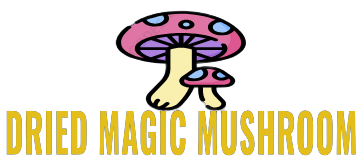
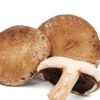
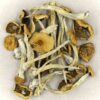

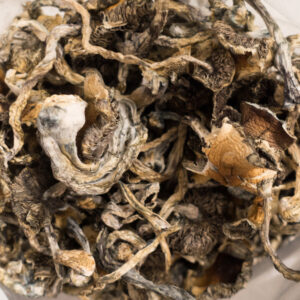
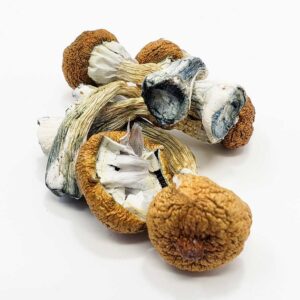
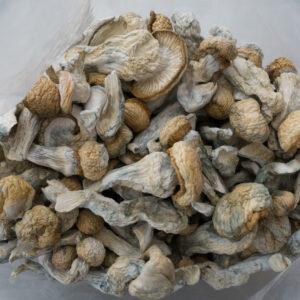
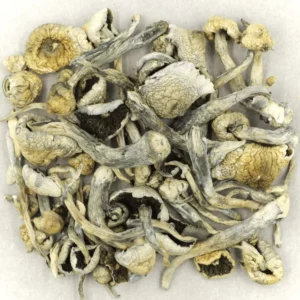
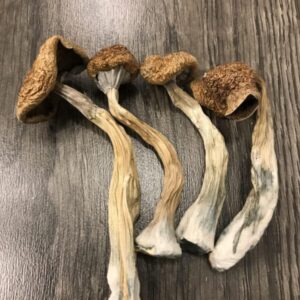
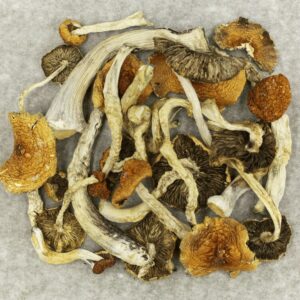
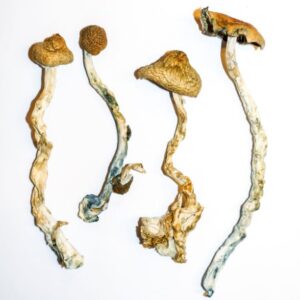

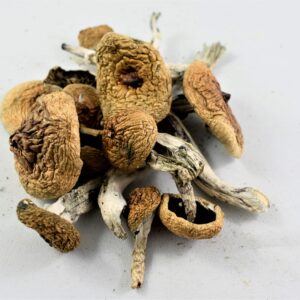
Reviews
There are no reviews yet.